Isokinetics in Rehabilitation Isokinetic Exercise Hislop

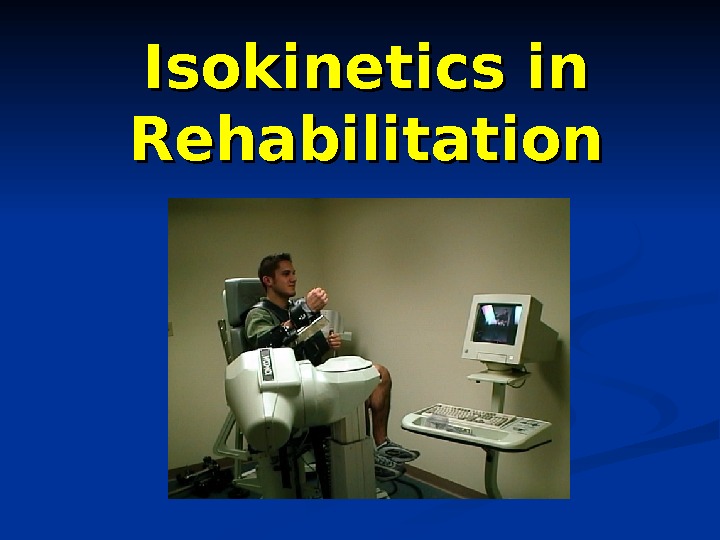
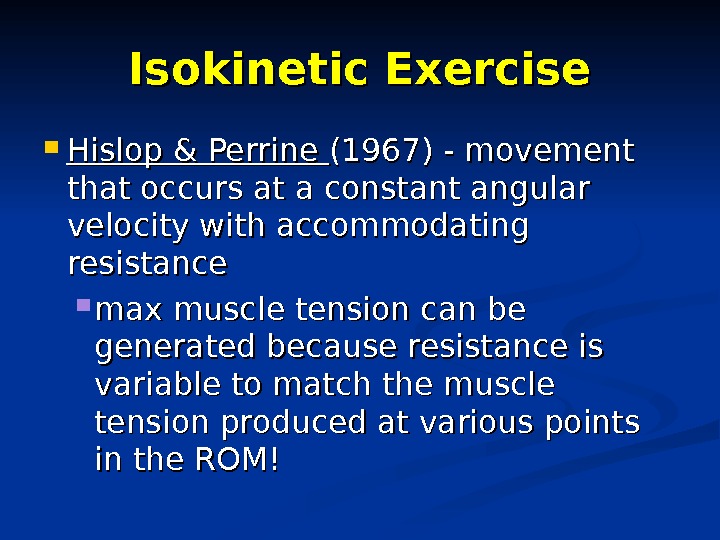
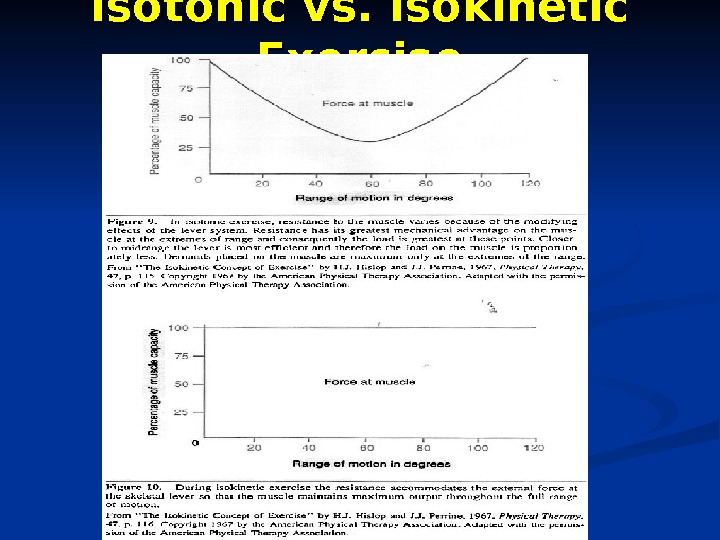
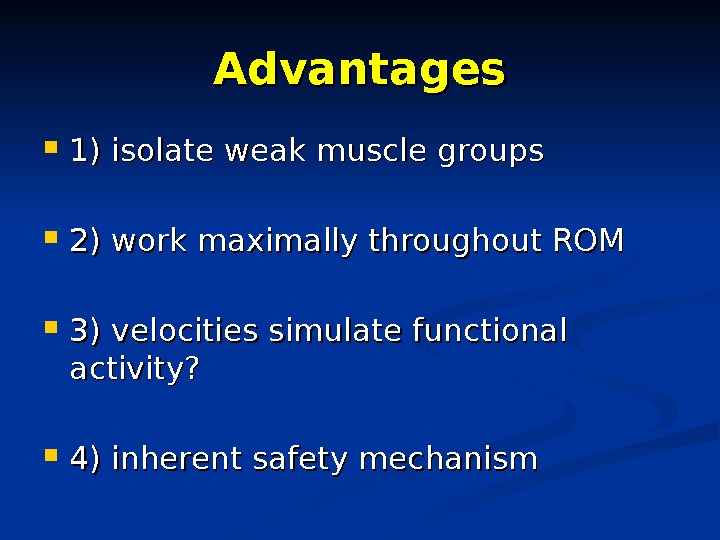
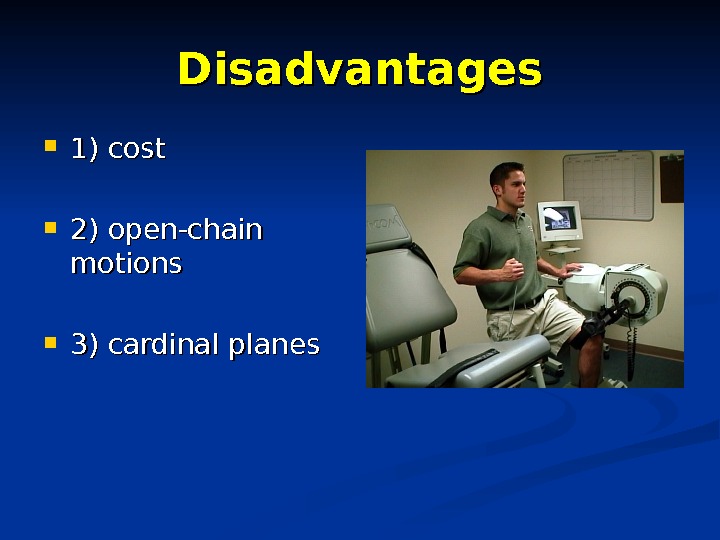
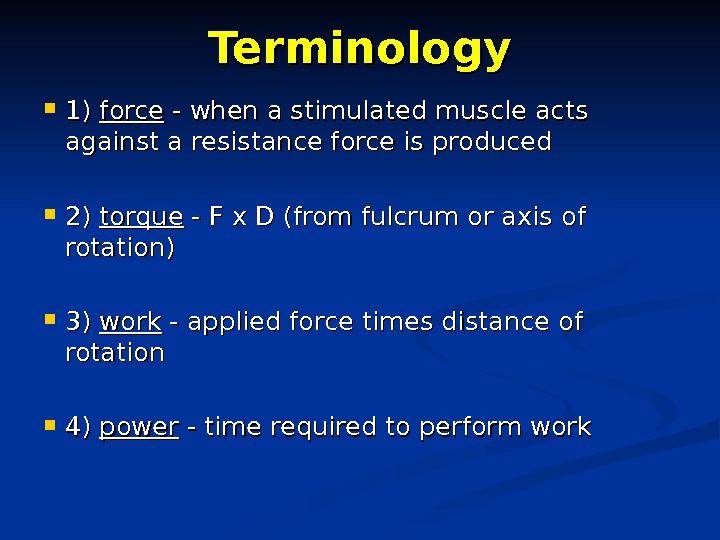
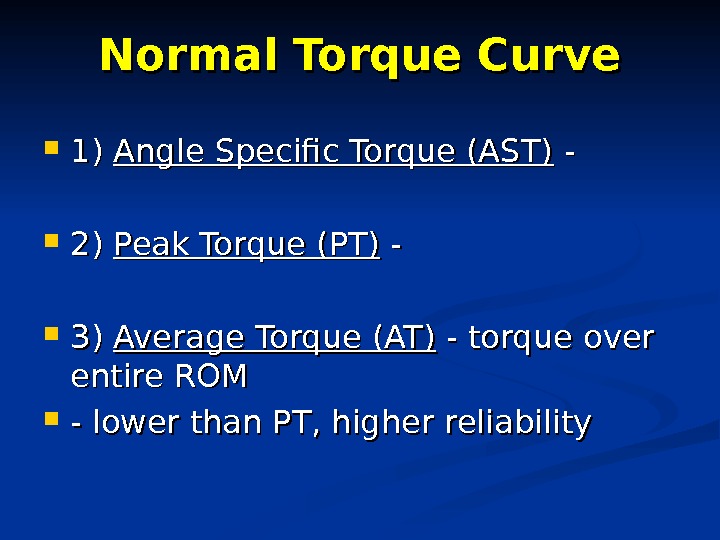
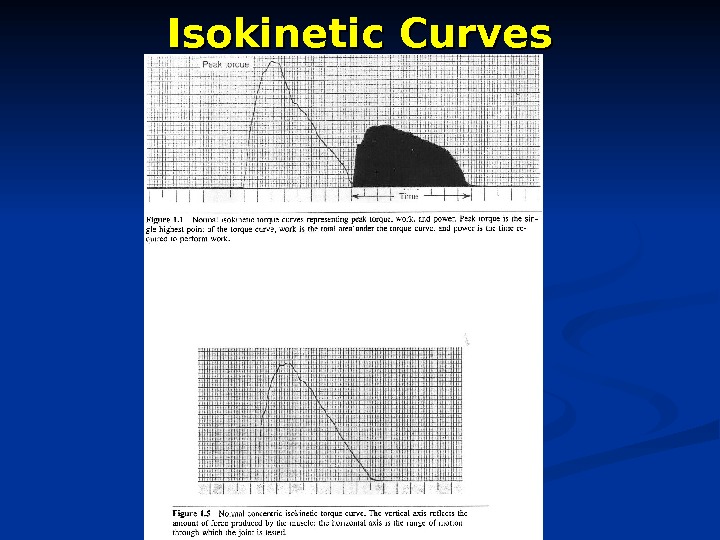
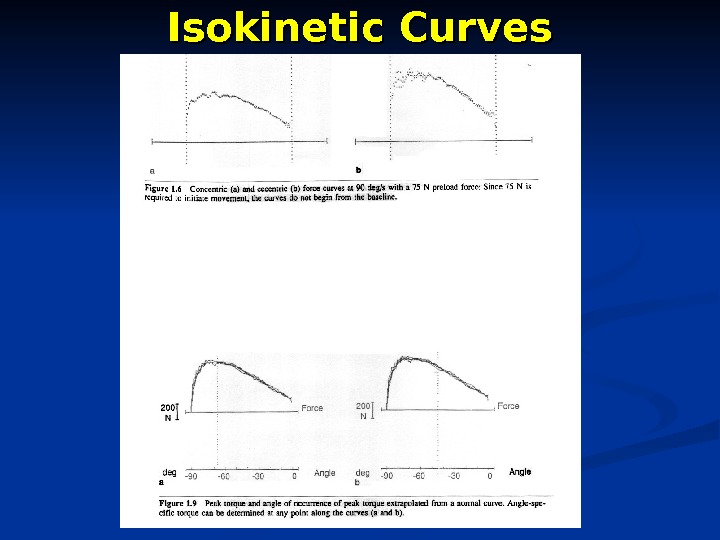
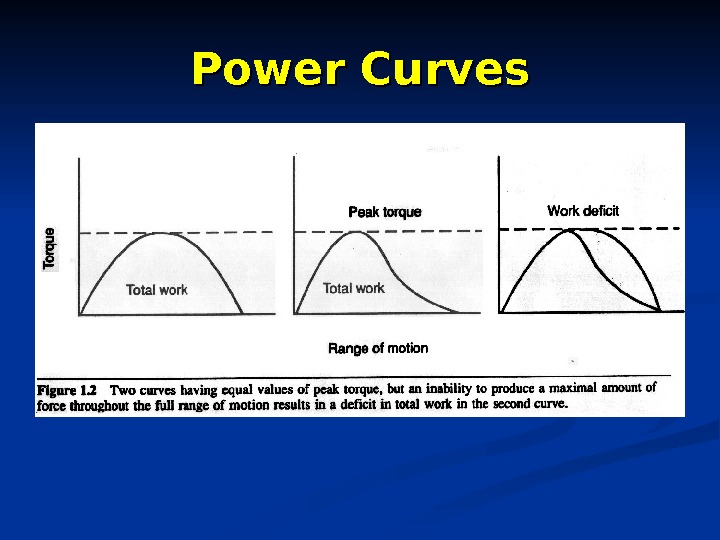
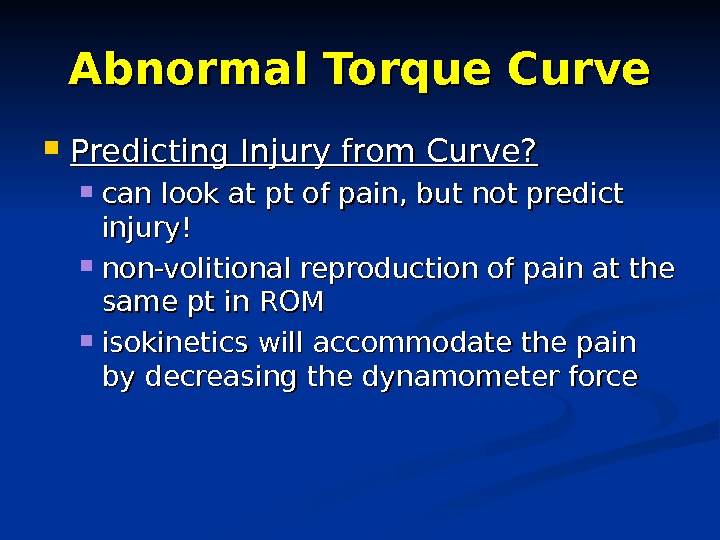
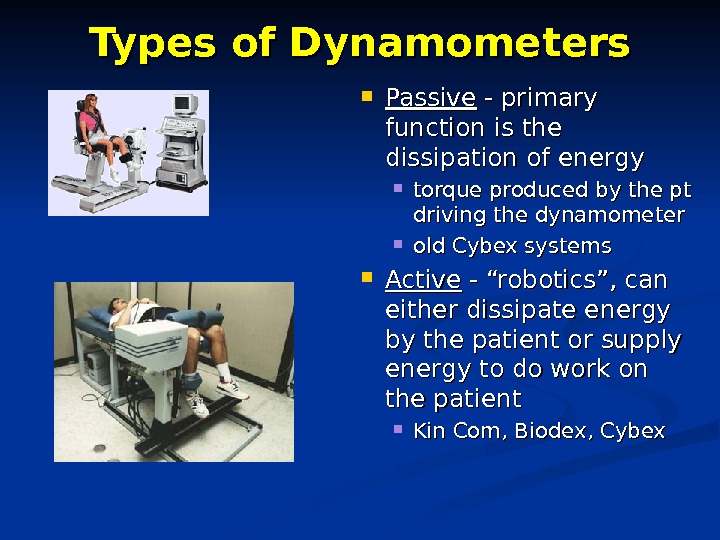
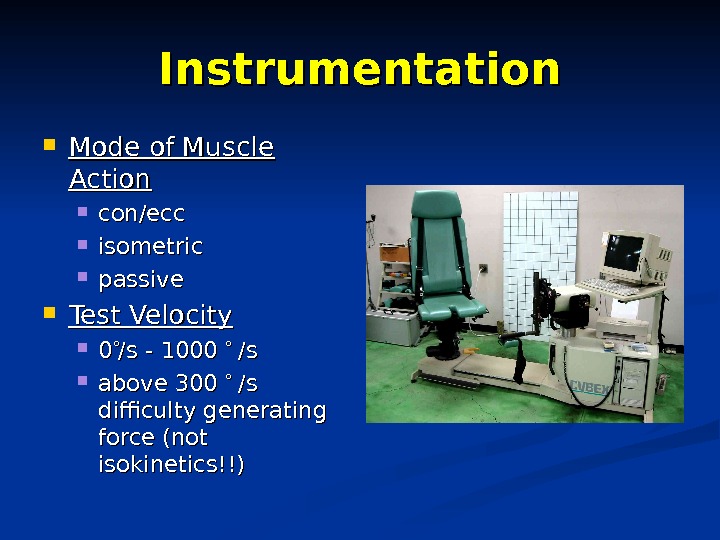
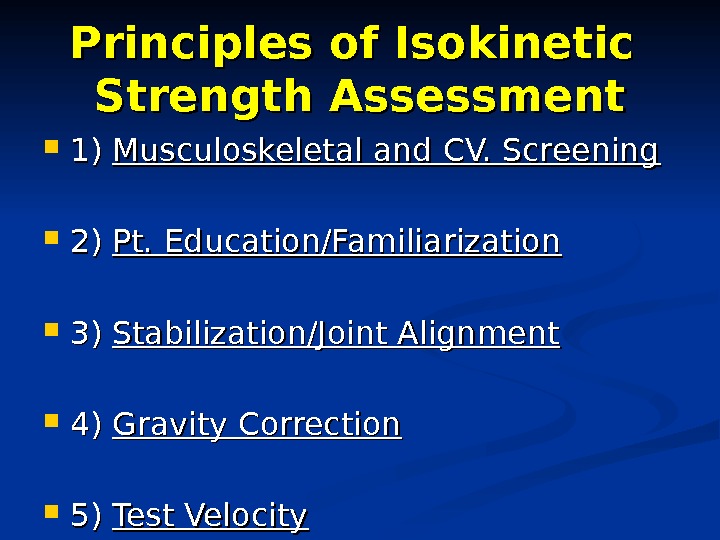
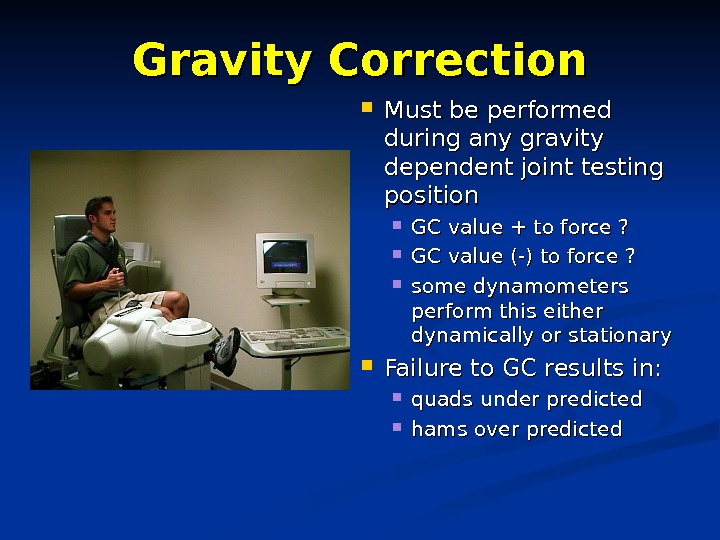
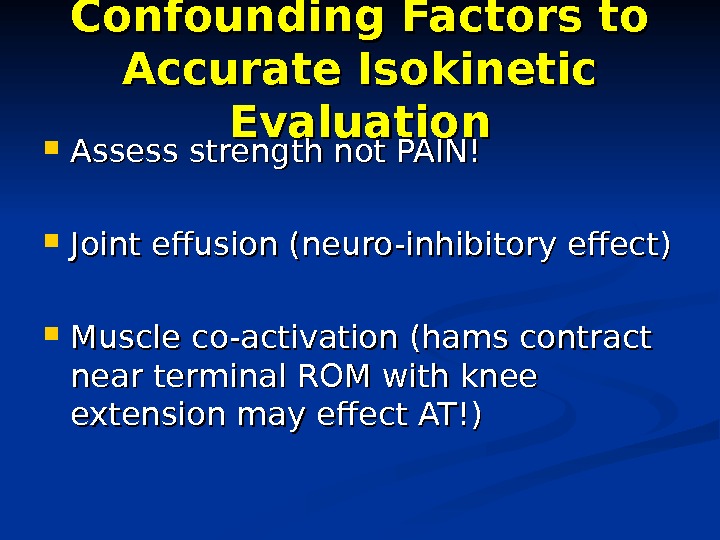
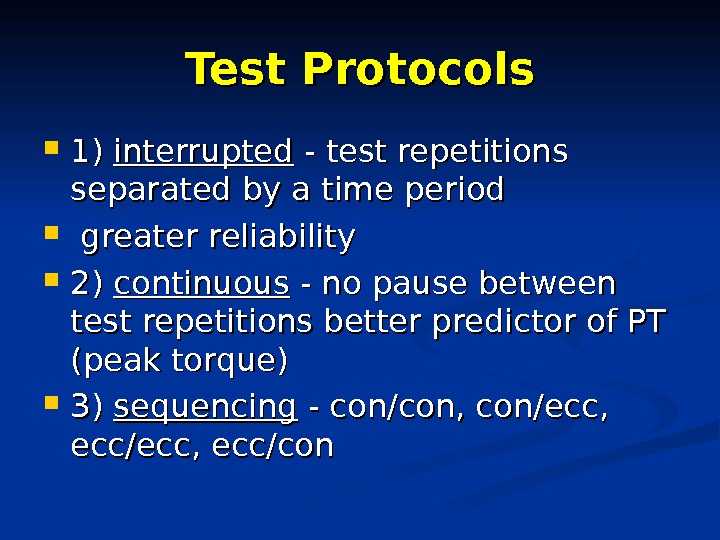
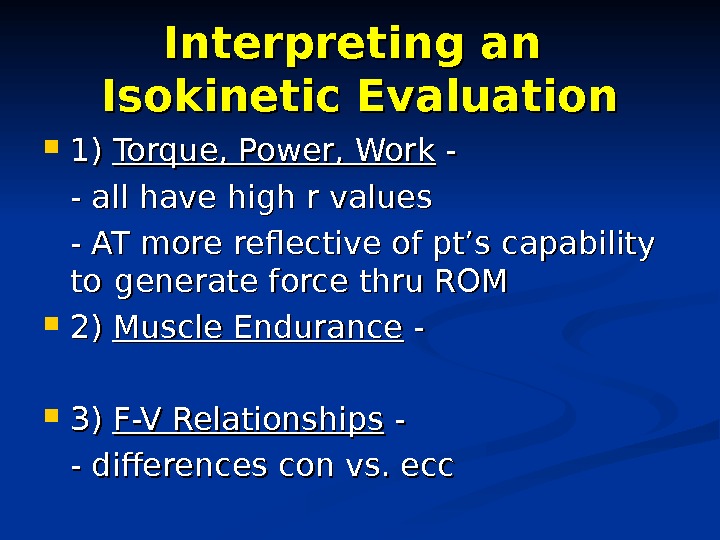
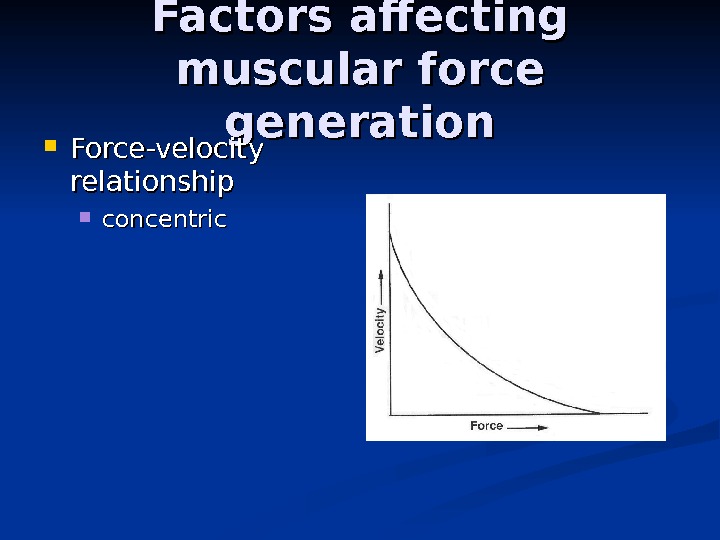
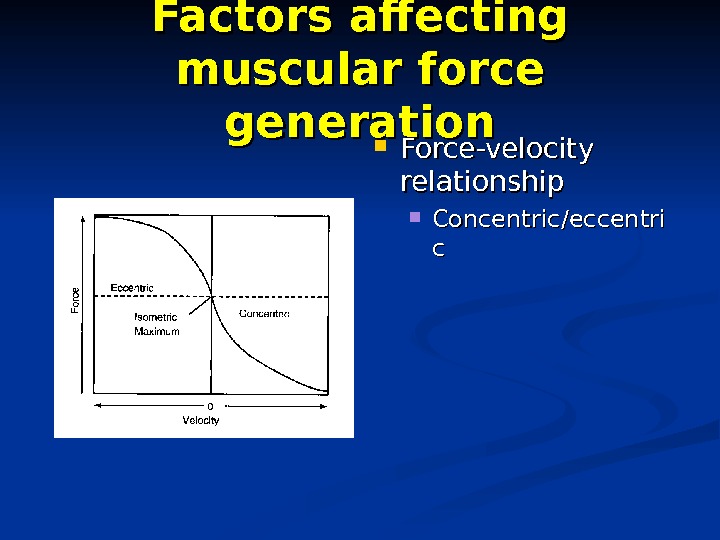
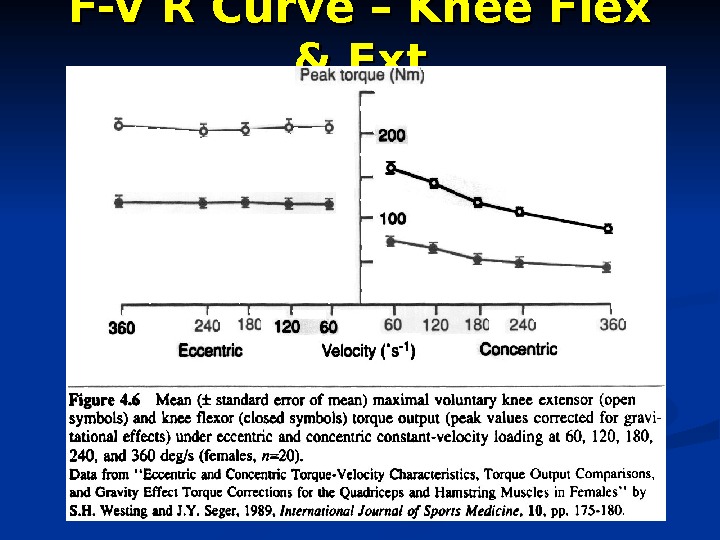
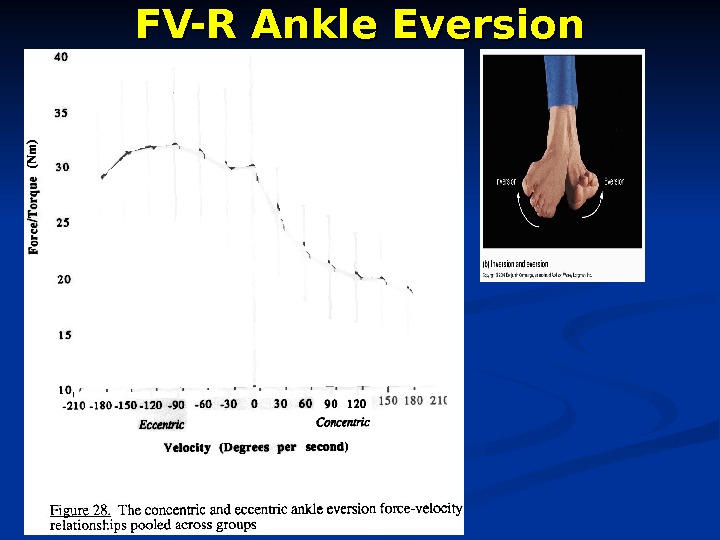
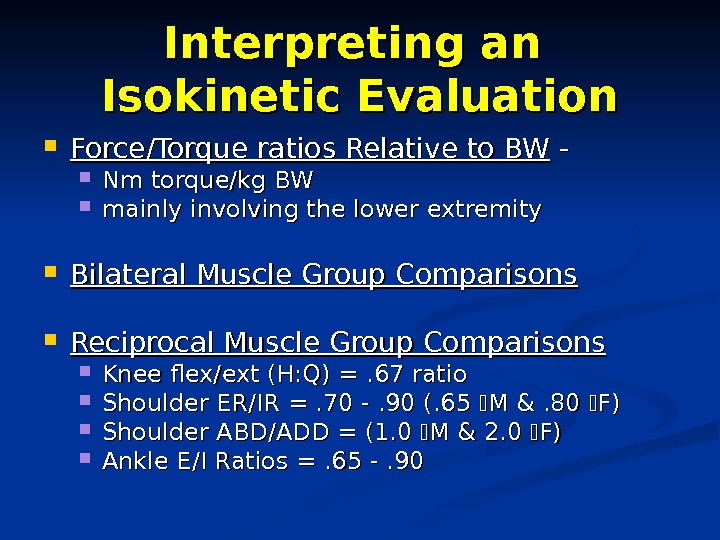
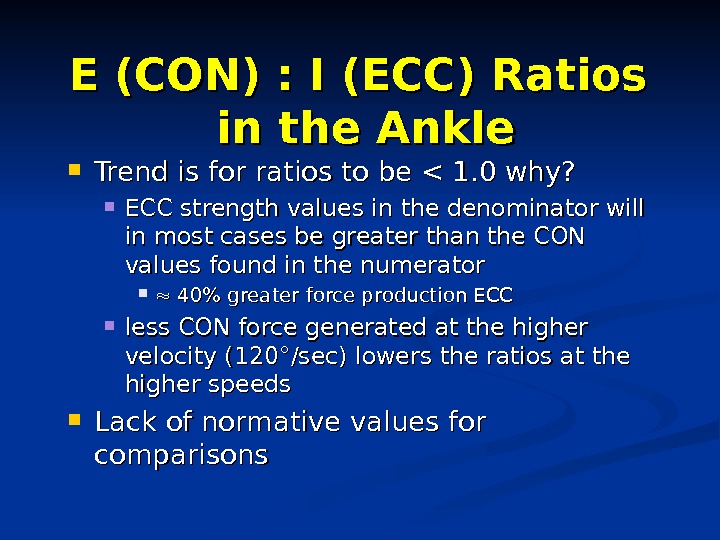
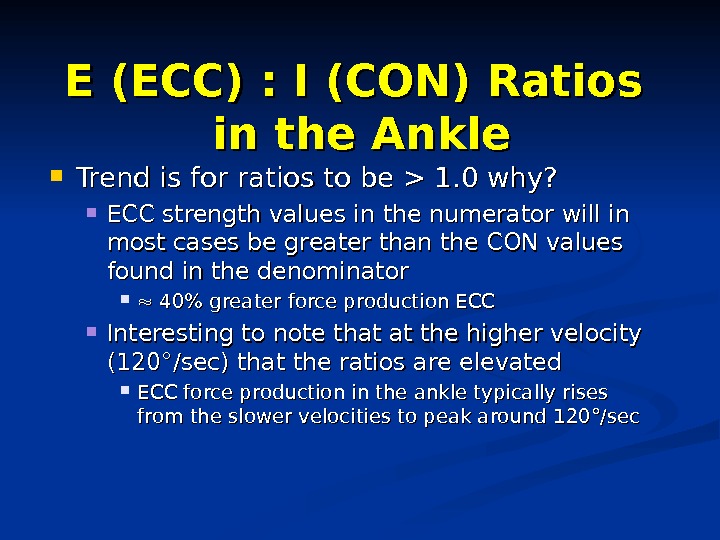
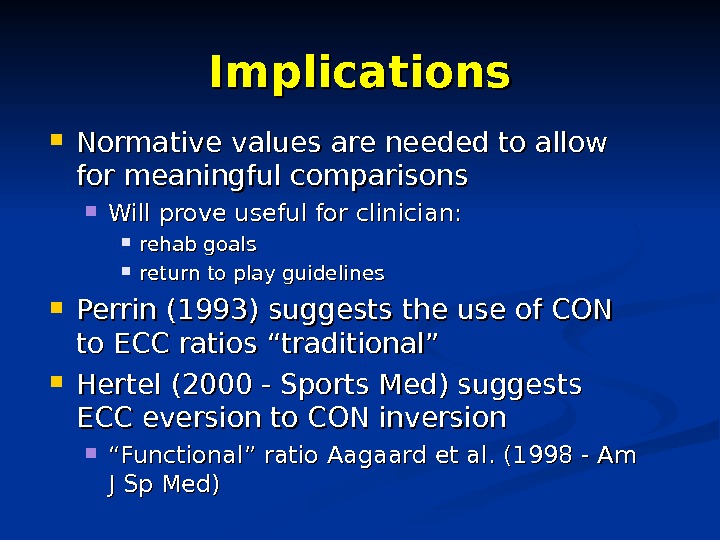
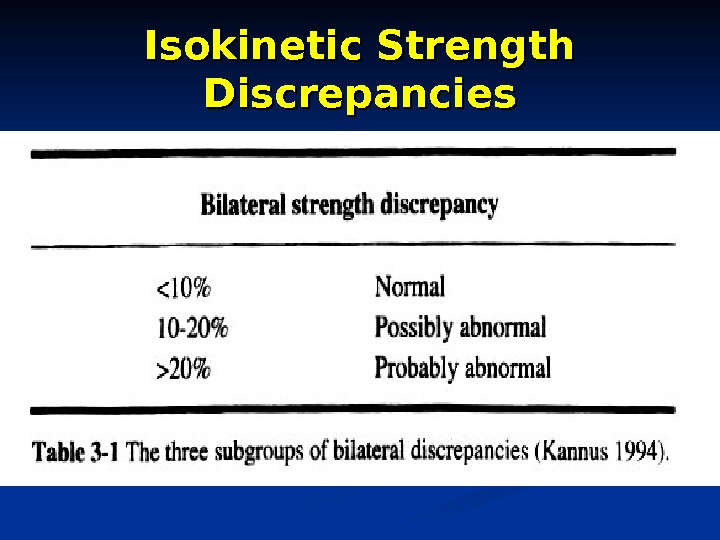
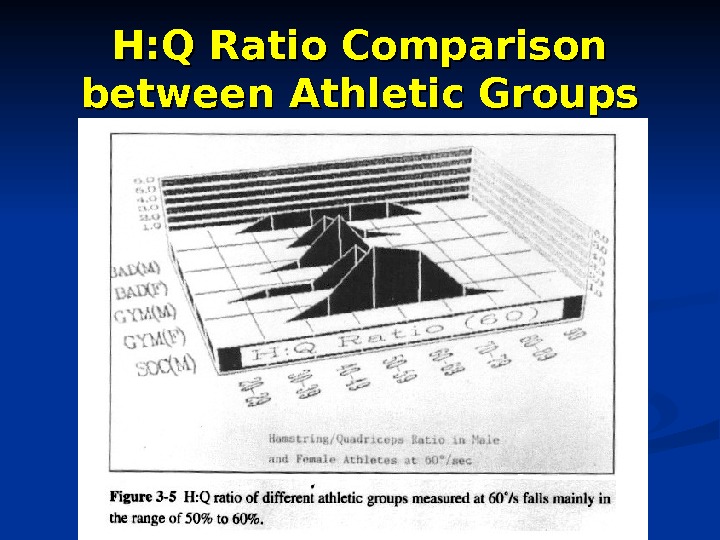
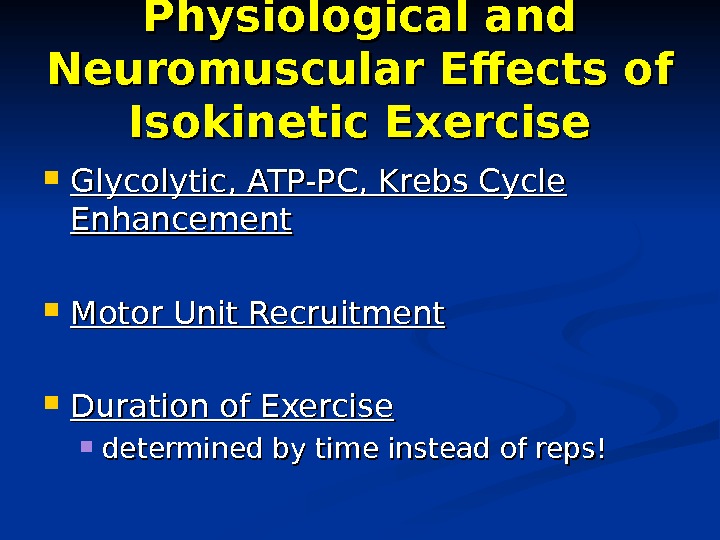
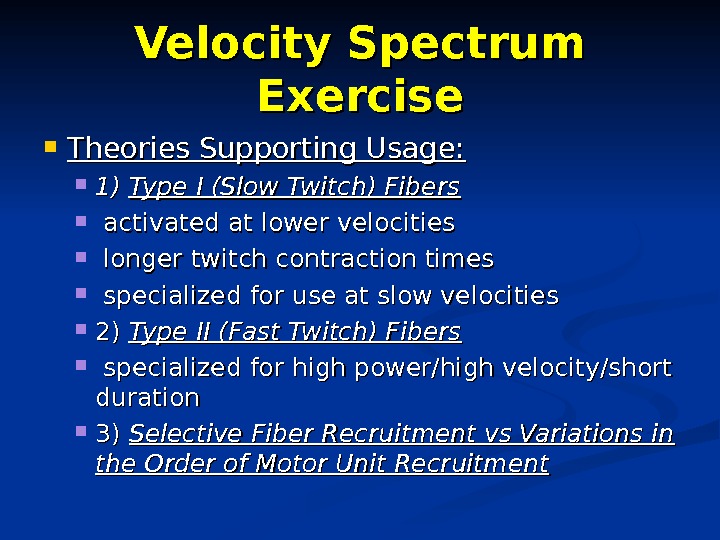
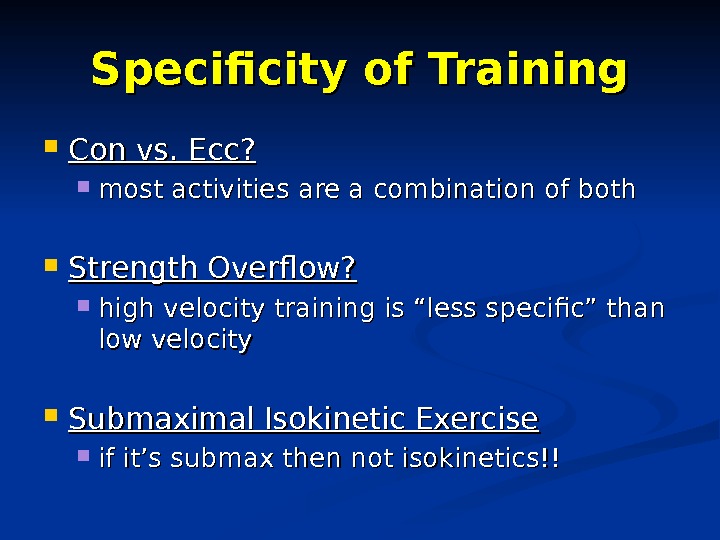

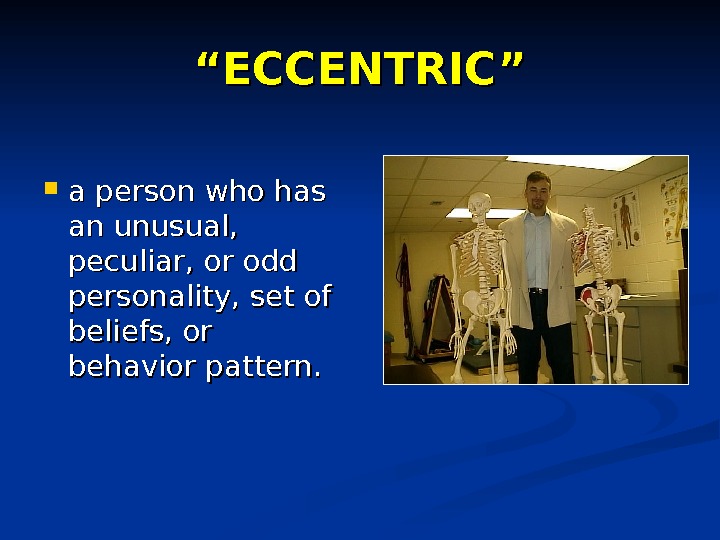
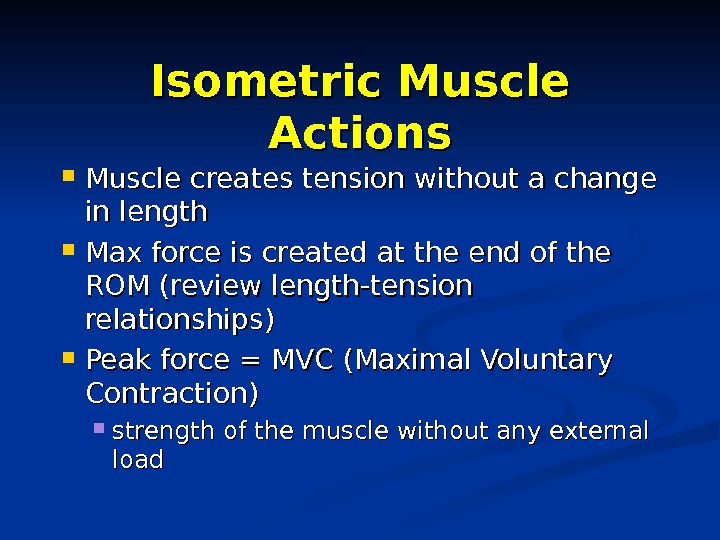
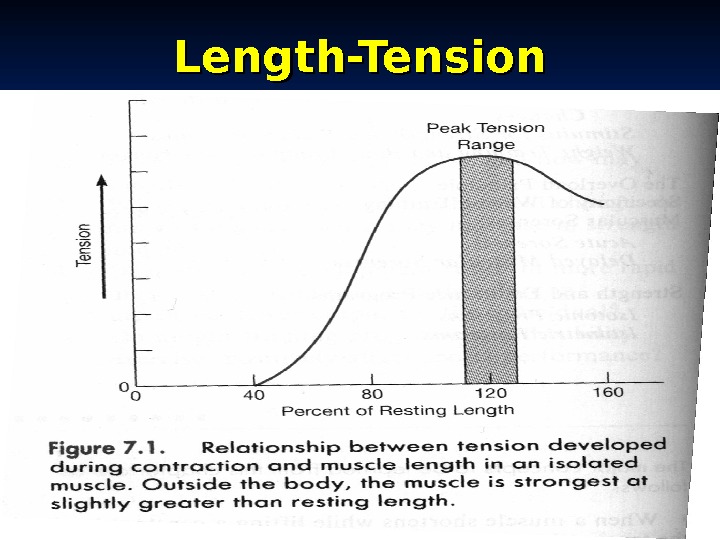
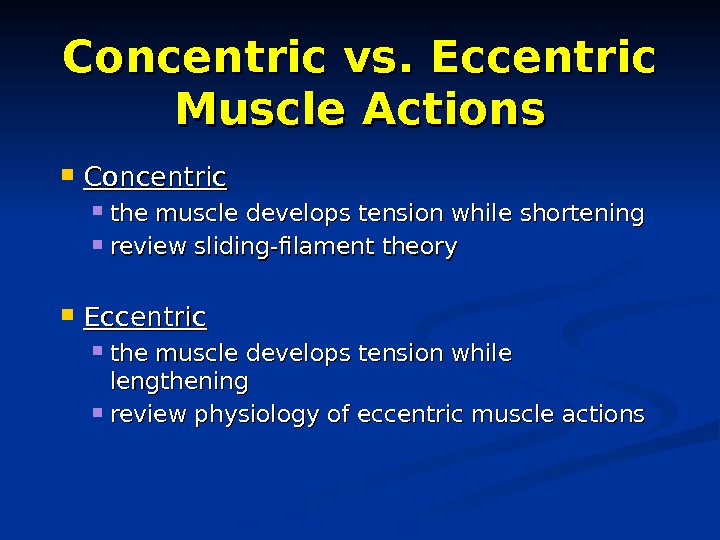
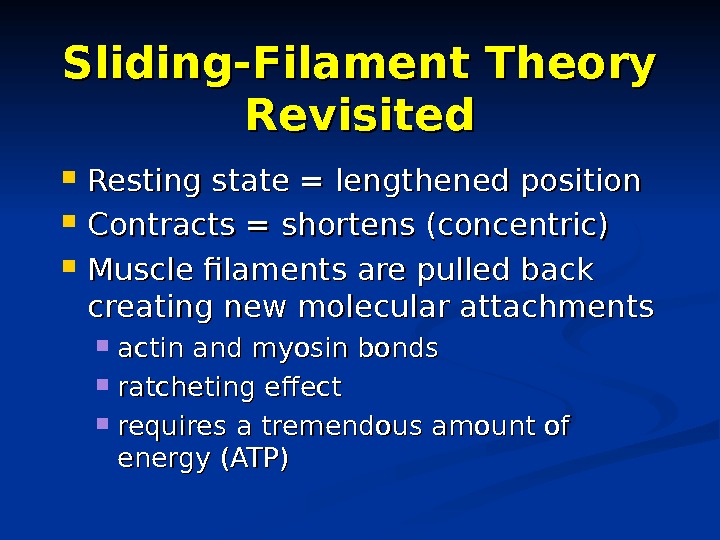
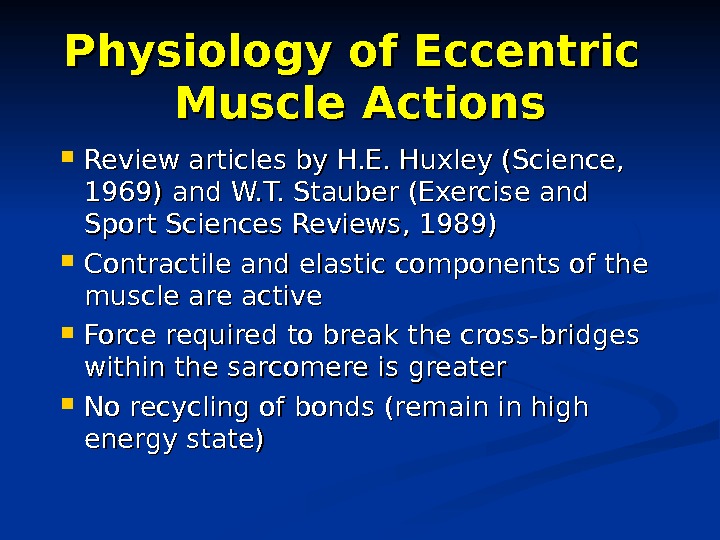
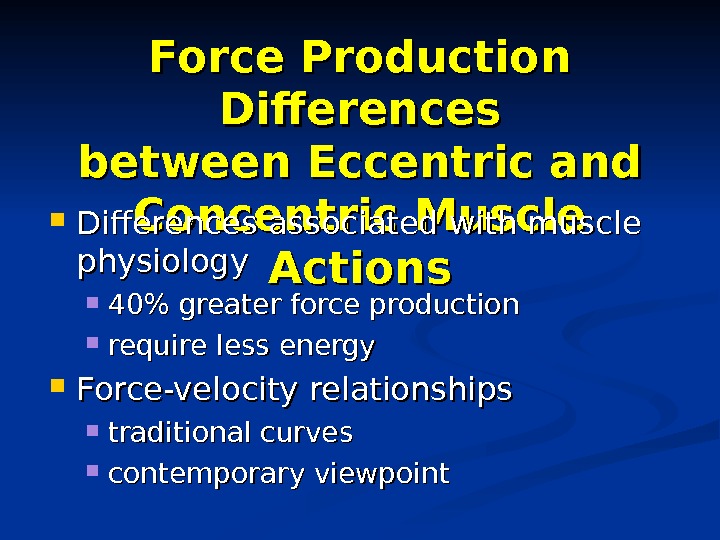
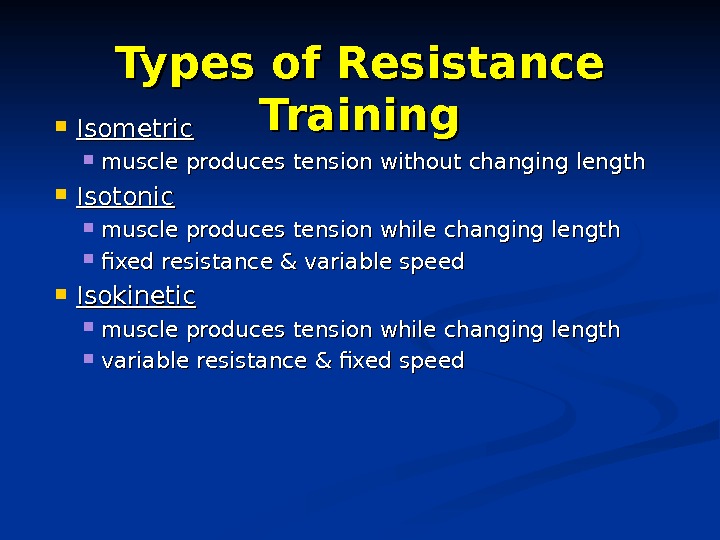
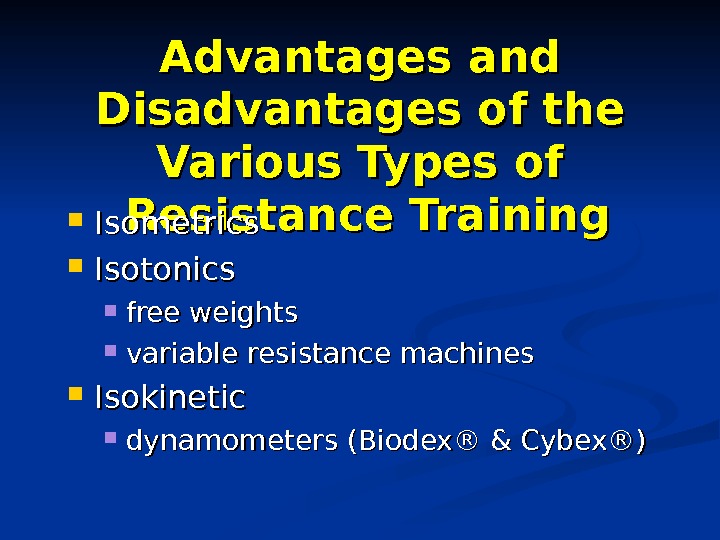
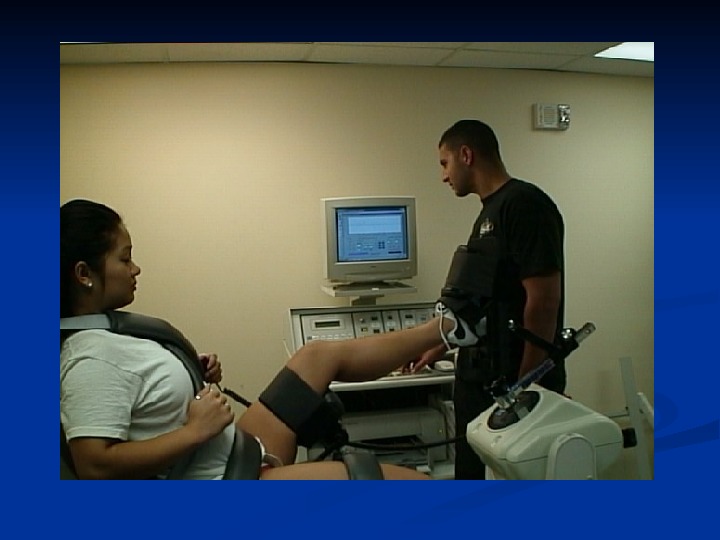
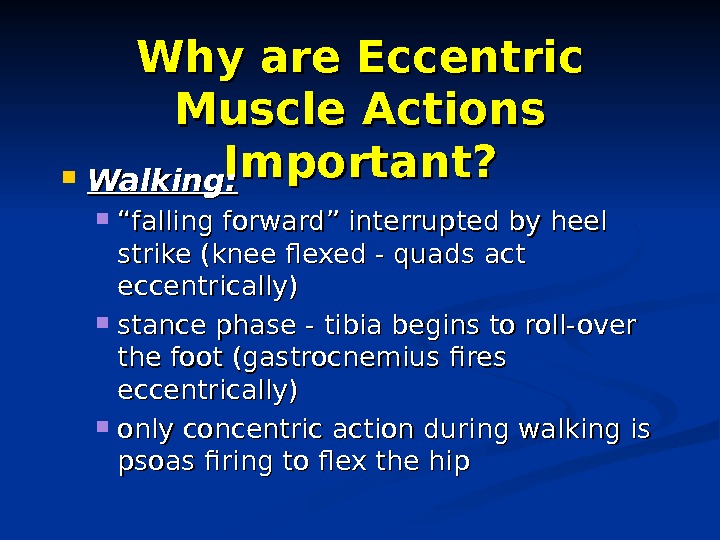
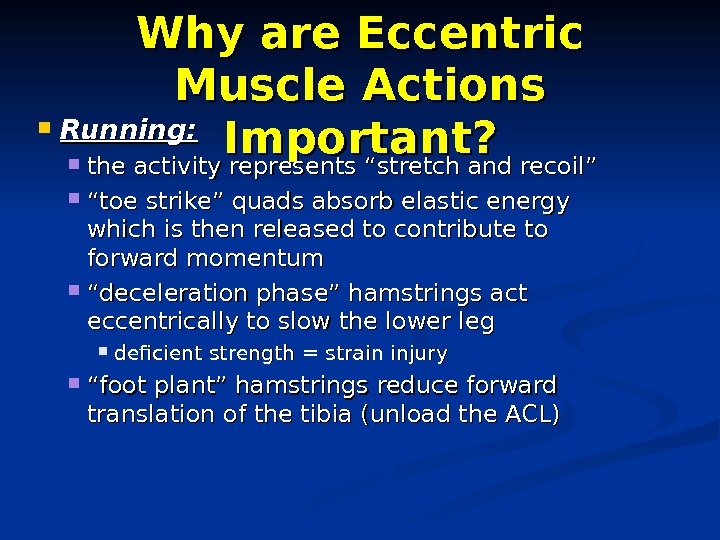
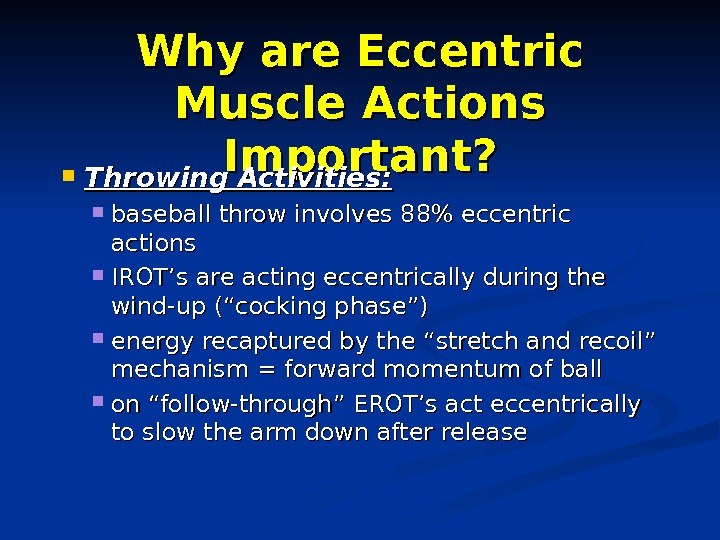
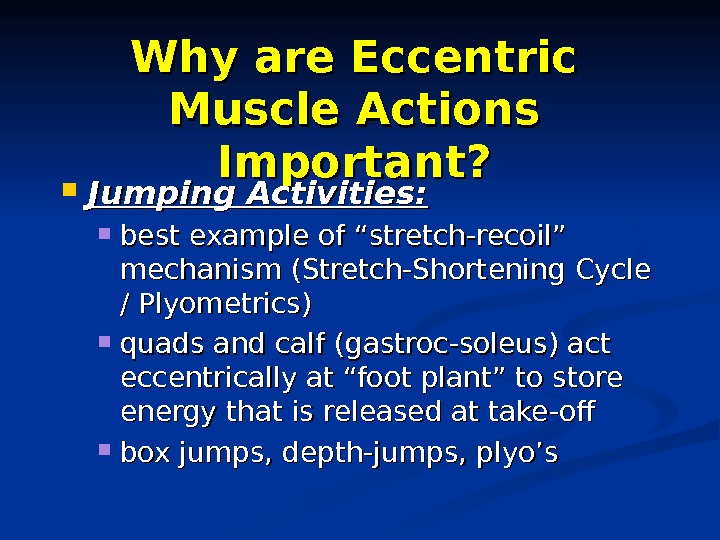
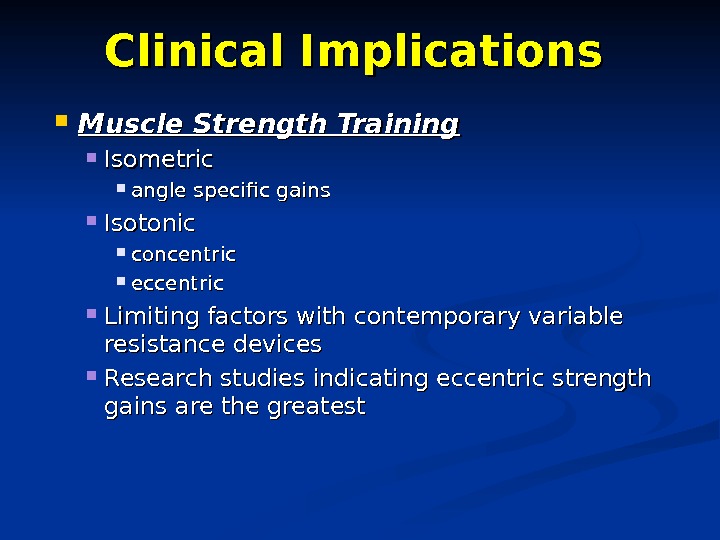
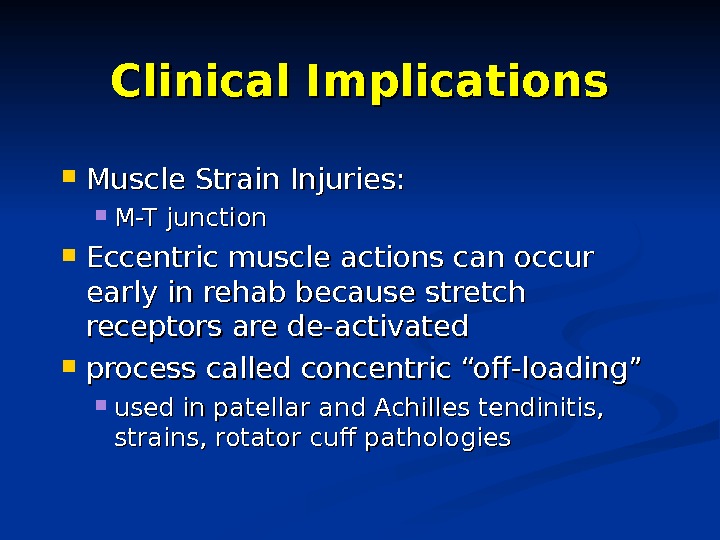
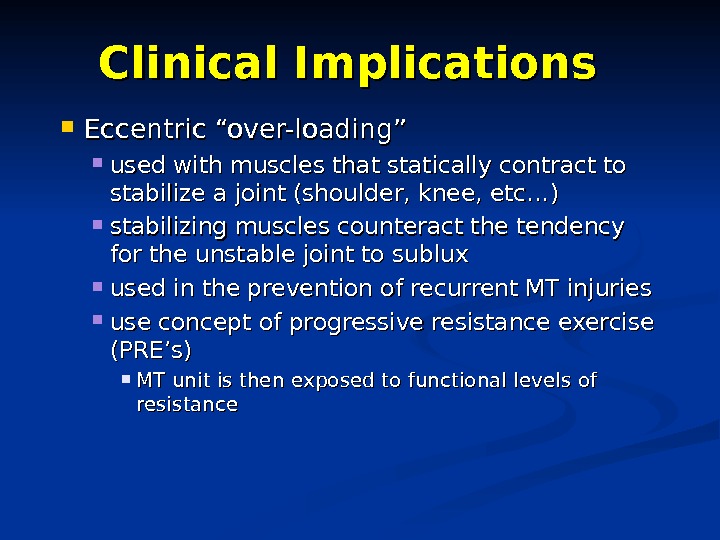
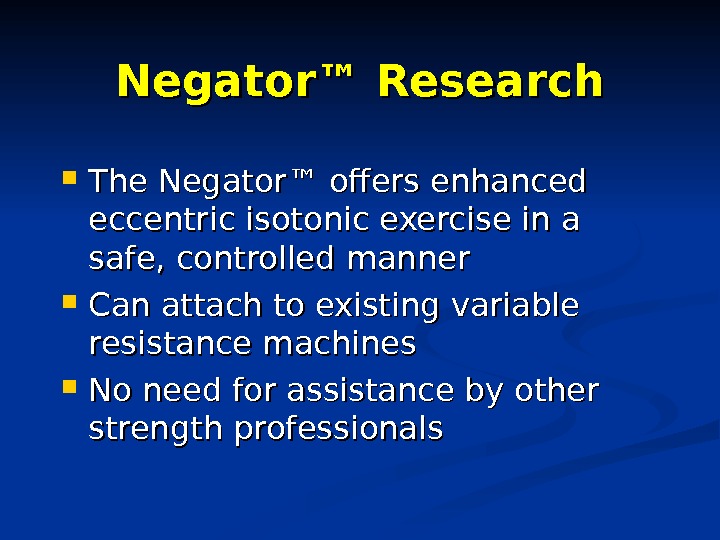
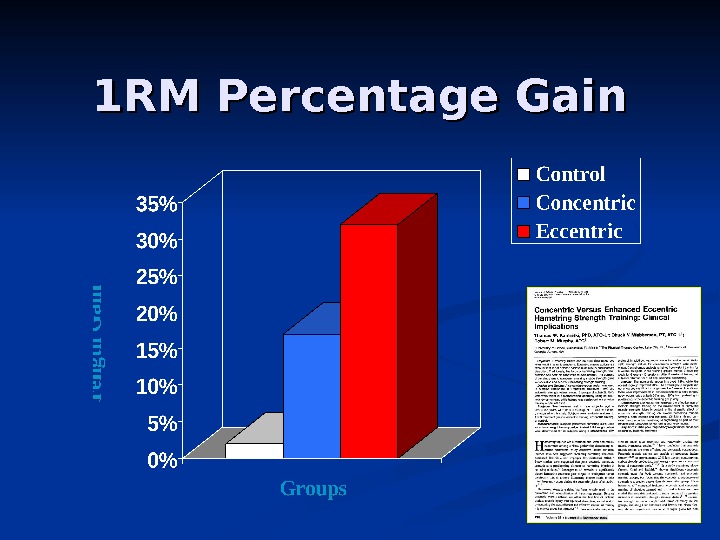
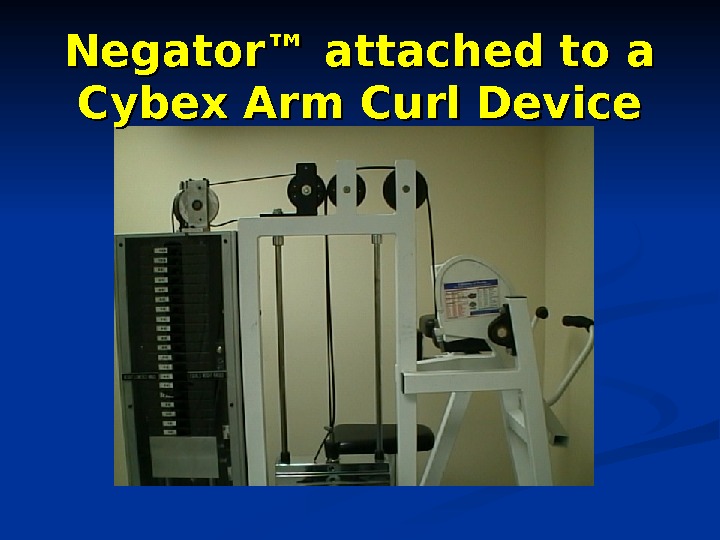
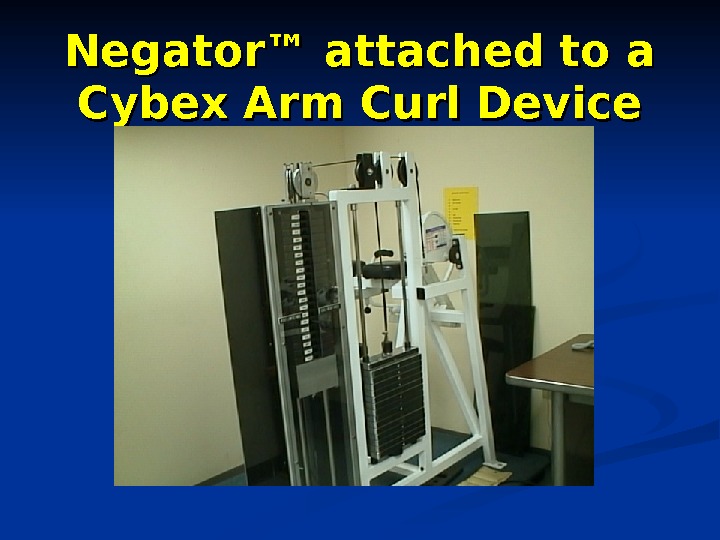

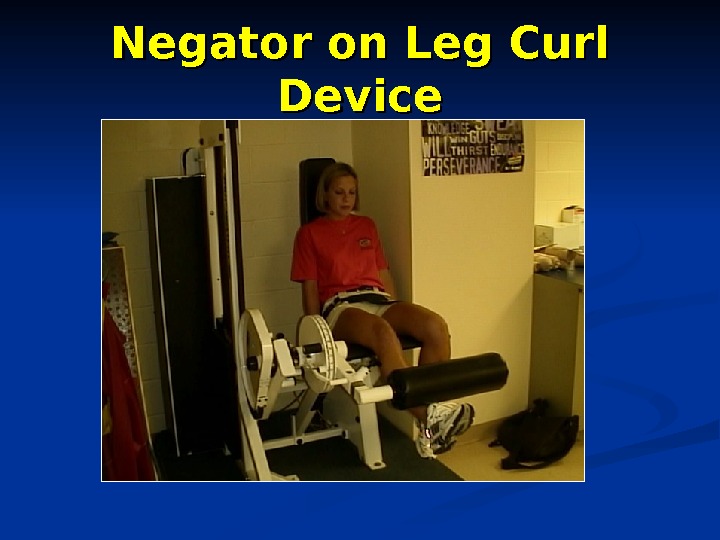
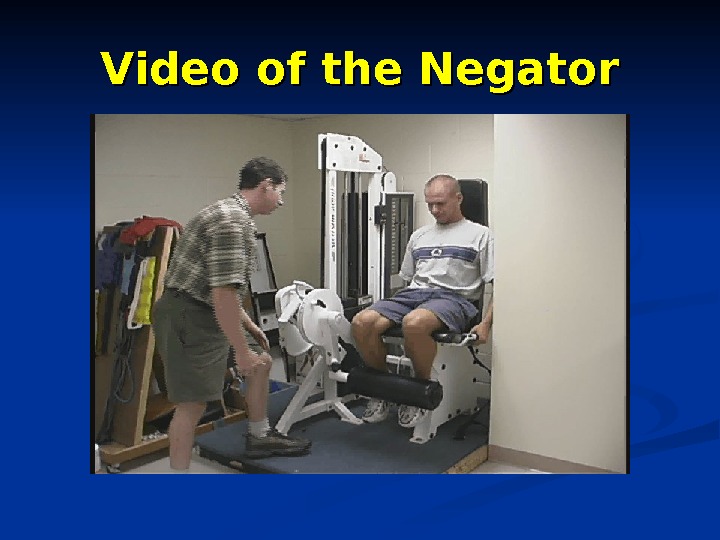
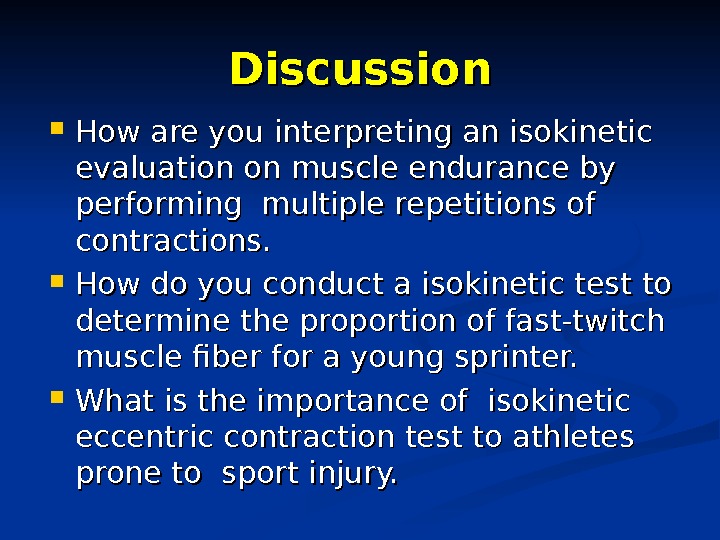
16._isokinetics_in_rehabilitation.ppt
- Размер: 5 Mегабайта
- Количество слайдов: 57
Описание презентации Isokinetics in Rehabilitation Isokinetic Exercise Hislop по слайдам
 Isokinetics in Rehabilitation
Isokinetics in Rehabilitation
 Isokinetic Exercise Hislop & Perrine (1967) — movement that occurs at a constant angular velocity with accommodating resistance max muscle tension can be generated because resistance is variable to match the muscle tension produced at various points in the ROM!
Isokinetic Exercise Hislop & Perrine (1967) — movement that occurs at a constant angular velocity with accommodating resistance max muscle tension can be generated because resistance is variable to match the muscle tension produced at various points in the ROM!
 Isotonic vs. Isokinetic Exercise
Isotonic vs. Isokinetic Exercise
 Advantages 1) isolate weak muscle groups 2) work maximally throughout ROM 3) velocities simulate functional activity? 4) inherent safety mechanism
Advantages 1) isolate weak muscle groups 2) work maximally throughout ROM 3) velocities simulate functional activity? 4) inherent safety mechanism
 Disadvantages 1) cost 2) open-chain motions 3) cardinal planes
Disadvantages 1) cost 2) open-chain motions 3) cardinal planes
 Terminology 1) 1) force — when a stimulated muscle acts against a resistance force is produced 2) 2) torque — F x D (from fulcrum or axis of rotation) 3) 3) work — applied force times distance of rotation 4) 4) power — time required to perform work
Terminology 1) 1) force — when a stimulated muscle acts against a resistance force is produced 2) 2) torque — F x D (from fulcrum or axis of rotation) 3) 3) work — applied force times distance of rotation 4) 4) power — time required to perform work
 Normal Torque Curve 1) 1) Angle Specific Torque (AST) — — 2) 2) Peak Torque (PT) — — 3) 3) Average Torque (AT) — torque over entire ROM — lower than PT, higher reliability
Normal Torque Curve 1) 1) Angle Specific Torque (AST) — — 2) 2) Peak Torque (PT) — — 3) 3) Average Torque (AT) — torque over entire ROM — lower than PT, higher reliability
 Isokinetic Curves
Isokinetic Curves
 Isokinetic Curves
Isokinetic Curves
 Power Curves
Power Curves
 Abnormal Torque Curve Predicting Injury from Curve? can look at pt of pain, but not predict injury! non-volitional reproduction of pain at the same pt in ROM isokinetics will accommodate the pain by decreasing the dynamometer force
Abnormal Torque Curve Predicting Injury from Curve? can look at pt of pain, but not predict injury! non-volitional reproduction of pain at the same pt in ROM isokinetics will accommodate the pain by decreasing the dynamometer force
 Types of Dynamometers Passive — primary function is the dissipation of energy torque produced by the pt driving the dynamometer old Cybex systems Active — “robotics”, can either dissipate energy by the patient or supply energy to do work on the patient Kin Com, Biodex, Cybex
Types of Dynamometers Passive — primary function is the dissipation of energy torque produced by the pt driving the dynamometer old Cybex systems Active — “robotics”, can either dissipate energy by the patient or supply energy to do work on the patient Kin Com, Biodex, Cybex
 Instrumentation Mode of Muscle Action con/ecc isometric passive Test Velocity 00 /s — 1000 /s /s above 300 /s /s difficulty generating force (not isokinetics!!)
Instrumentation Mode of Muscle Action con/ecc isometric passive Test Velocity 00 /s — 1000 /s /s above 300 /s /s difficulty generating force (not isokinetics!!)
 Principles of Isokinetic Strength Assessment 1) 1) Musculoskeletal and CV. Screening 2) 2) Pt. Education/Familiarization 3) 3) Stabilization/Joint Alignment 4) 4) Gravity Correction 5) 5) Test Velocity
Principles of Isokinetic Strength Assessment 1) 1) Musculoskeletal and CV. Screening 2) 2) Pt. Education/Familiarization 3) 3) Stabilization/Joint Alignment 4) 4) Gravity Correction 5) 5) Test Velocity
 Gravity Correction Must be performed during any gravity dependent joint testing position GC value + to force ? GC value (-) to force ? some dynamometers perform this either dynamically or stationary Failure to GC results in: quads under predicted hams over predicted
Gravity Correction Must be performed during any gravity dependent joint testing position GC value + to force ? GC value (-) to force ? some dynamometers perform this either dynamically or stationary Failure to GC results in: quads under predicted hams over predicted
 Confounding Factors to Accurate Isokinetic Evaluation Assess strength not PAIN! Joint effusion (neuro-inhibitory effect) Muscle co-activation (hams contract near terminal ROM with knee extension may effect AT!)
Confounding Factors to Accurate Isokinetic Evaluation Assess strength not PAIN! Joint effusion (neuro-inhibitory effect) Muscle co-activation (hams contract near terminal ROM with knee extension may effect AT!)
 Test Protocols 1) 1) interrupted — test repetitions separated by a time period greater reliability 2) 2) continuous — no pause between test repetitions better predictor of PT (peak torque) 3) 3) sequencing — con/con, con/ecc, ecc/ecc, ecc/con
Test Protocols 1) 1) interrupted — test repetitions separated by a time period greater reliability 2) 2) continuous — no pause between test repetitions better predictor of PT (peak torque) 3) 3) sequencing — con/con, con/ecc, ecc/ecc, ecc/con
 Interpreting an Isokinetic Evaluation 1) 1) Torque, Power, Work — — — all have high r values — AT more reflective of pt’s capability to to generate force thru ROM 2) 2) Muscle Endurance — — 3) 3) F-V Relationships — — — differences con vs. ecc
Interpreting an Isokinetic Evaluation 1) 1) Torque, Power, Work — — — all have high r values — AT more reflective of pt’s capability to to generate force thru ROM 2) 2) Muscle Endurance — — 3) 3) F-V Relationships — — — differences con vs. ecc
 Factors affecting muscular force generation Force-velocity relationship concentric
Factors affecting muscular force generation Force-velocity relationship concentric
 Factors affecting muscular force generation Force-velocity relationship Concentric/eccentri cc
Factors affecting muscular force generation Force-velocity relationship Concentric/eccentri cc
 F-V R Curve – Knee Flex & Ext
F-V R Curve – Knee Flex & Ext
 FV-R Ankle Eversion
FV-R Ankle Eversion
 Interpreting an Isokinetic Evaluation Force/Torque ratios Relative to BW — — Nm torque/kg BW mainly involving the lower extremity Bilateral Muscle Group Comparisons Reciprocal Muscle Group Comparisons Knee flex/ext (H: Q) =. 67 ratio Shoulder ER/IR =. 70 -. 90 (. 65 M &. 80 F)F) Shoulder ABD/ADD = (1. 0 M & 2. 0 F)F) Ankle E/I Ratios =. 65 -.
Interpreting an Isokinetic Evaluation Force/Torque ratios Relative to BW — — Nm torque/kg BW mainly involving the lower extremity Bilateral Muscle Group Comparisons Reciprocal Muscle Group Comparisons Knee flex/ext (H: Q) =. 67 ratio Shoulder ER/IR =. 70 -. 90 (. 65 M &. 80 F)F) Shoulder ABD/ADD = (1. 0 M & 2. 0 F)F) Ankle E/I Ratios =. 65 -.
 E (CON) : I (ECC) Ratios in the Ankle Trend is for ratios to be < 1. 0 why? ECC strength values in the denominator will in most cases be greater than the CON values found in the numerator 40% greater force production ECC less CON force generated at the higher velocity (120°/sec) lowers the ratios at the higher speeds Lack of normative values for comparisons
E (CON) : I (ECC) Ratios in the Ankle Trend is for ratios to be < 1. 0 why? ECC strength values in the denominator will in most cases be greater than the CON values found in the numerator 40% greater force production ECC less CON force generated at the higher velocity (120°/sec) lowers the ratios at the higher speeds Lack of normative values for comparisons
 E (ECC) : I (CON) Ratios in the Ankle Trend is for ratios to be > 1. 0 why? ECC strength values in the numerator will in most cases be greater than the CON values found in the denominator 40% greater force production ECC Interesting to note that at the higher velocity (120°/sec) that the ratios are elevated ECC force production in the ankle typically rises from the slower velocities to peak around 120°/sec
E (ECC) : I (CON) Ratios in the Ankle Trend is for ratios to be > 1. 0 why? ECC strength values in the numerator will in most cases be greater than the CON values found in the denominator 40% greater force production ECC Interesting to note that at the higher velocity (120°/sec) that the ratios are elevated ECC force production in the ankle typically rises from the slower velocities to peak around 120°/sec
 Implications Normative values are needed to allow for meaningful comparisons Will prove useful for clinician: rehab goals return to play guidelines Perrin (1993) suggests the use of CON to ECC ratios “traditional” Hertel (2000 — Sports Med) suggests ECC eversion to CON inversion ““ Functional” ratio Aagaard et al. (1998 — Am J Sp Med)
Implications Normative values are needed to allow for meaningful comparisons Will prove useful for clinician: rehab goals return to play guidelines Perrin (1993) suggests the use of CON to ECC ratios “traditional” Hertel (2000 — Sports Med) suggests ECC eversion to CON inversion ““ Functional” ratio Aagaard et al. (1998 — Am J Sp Med)
 Isokinetic Strength Discrepancies
Isokinetic Strength Discrepancies
 H: Q Ratio Comparison between Athletic Groups
H: Q Ratio Comparison between Athletic Groups
 Physiological and Neuromuscular Effects of Isokinetic Exercise Glycolytic, ATP-PC, Krebs Cycle Enhancement Motor Unit Recruitment Duration of Exercise determined by time instead of reps!
Physiological and Neuromuscular Effects of Isokinetic Exercise Glycolytic, ATP-PC, Krebs Cycle Enhancement Motor Unit Recruitment Duration of Exercise determined by time instead of reps!
 Velocity Spectrum Exercise Theories Supporting Usage: 1) 1) Type I (Slow Twitch) Fibers activated at lower velocities longer twitch contraction times specialized for use at slow velocities 2) 2) Type II (Fast Twitch) Fibers specialized for high power/high velocity/short duration 3) 3) Selective Fiber Recruitment vs Variations in the Order of Motor Unit Recruitment
Velocity Spectrum Exercise Theories Supporting Usage: 1) 1) Type I (Slow Twitch) Fibers activated at lower velocities longer twitch contraction times specialized for use at slow velocities 2) 2) Type II (Fast Twitch) Fibers specialized for high power/high velocity/short duration 3) 3) Selective Fiber Recruitment vs Variations in the Order of Motor Unit Recruitment
 Specificity of Training Con vs. Ecc? most activities are a combination of both Strength Overflow? high velocity training is “less specific” than low velocity Submaximal Isokinetic Exercise if it’s submax then not isokinetics!!
Specificity of Training Con vs. Ecc? most activities are a combination of both Strength Overflow? high velocity training is “less specific” than low velocity Submaximal Isokinetic Exercise if it’s submax then not isokinetics!!
 Understanding Eccentric Muscle Actions: Implications for the Clinician
Understanding Eccentric Muscle Actions: Implications for the Clinician
 ““ ECCENTRIC” a person who has an unusual, peculiar, or odd personality, set of beliefs, or behavior pattern.
““ ECCENTRIC” a person who has an unusual, peculiar, or odd personality, set of beliefs, or behavior pattern.
 Isometric Muscle Actions Muscle creates tension without a change in length Max force is created at the end of the ROM (review length-tension relationships) Peak force = MVC (Maximal Voluntary Contraction) strength of the muscle without any external load
Isometric Muscle Actions Muscle creates tension without a change in length Max force is created at the end of the ROM (review length-tension relationships) Peak force = MVC (Maximal Voluntary Contraction) strength of the muscle without any external load
 Length-Tension Relationships
Length-Tension Relationships
 Concentric vs. Eccentric Muscle Actions Concentric the muscle develops tension while shortening review sliding-filament theory Eccentric the muscle develops tension while lengthening review physiology of eccentric muscle actions
Concentric vs. Eccentric Muscle Actions Concentric the muscle develops tension while shortening review sliding-filament theory Eccentric the muscle develops tension while lengthening review physiology of eccentric muscle actions
 Sliding-Filament Theory Revisited Resting state = lengthened position Contracts = shortens (concentric) Muscle filaments are pulled back creating new molecular attachments actin and myosin bonds ratcheting effect requires a tremendous amount of energy (ATP)
Sliding-Filament Theory Revisited Resting state = lengthened position Contracts = shortens (concentric) Muscle filaments are pulled back creating new molecular attachments actin and myosin bonds ratcheting effect requires a tremendous amount of energy (ATP)
 Physiology of Eccentric Muscle Actions Review articles by H. E. Huxley (Science, 1969) and W. T. Stauber (Exercise and Sport Sciences Reviews, 1989) Contractile and elastic components of the muscle are active Force required to break the cross-bridges within the sarcomere is greater No recycling of bonds (remain in high energy state)
Physiology of Eccentric Muscle Actions Review articles by H. E. Huxley (Science, 1969) and W. T. Stauber (Exercise and Sport Sciences Reviews, 1989) Contractile and elastic components of the muscle are active Force required to break the cross-bridges within the sarcomere is greater No recycling of bonds (remain in high energy state)
 Force Production Differences between Eccentric and Concentric Muscle Actions Differences associated with muscle physiology 40% greater force production require less energy Force-velocity relationships traditional curves contemporary viewpoint
Force Production Differences between Eccentric and Concentric Muscle Actions Differences associated with muscle physiology 40% greater force production require less energy Force-velocity relationships traditional curves contemporary viewpoint
 Types of Resistance Training Isometric muscle produces tension without changing length Isotonic muscle produces tension while changing length fixed resistance & variable speed Isokinetic muscle produces tension while changing length variable resistance & fixed speed
Types of Resistance Training Isometric muscle produces tension without changing length Isotonic muscle produces tension while changing length fixed resistance & variable speed Isokinetic muscle produces tension while changing length variable resistance & fixed speed
 Advantages and Disadvantages of the Various Types of Resistance Training Isometrics Isotonics free weights variable resistance machines Isokinetic dynamometers (Biodex® & Cybex®)
Advantages and Disadvantages of the Various Types of Resistance Training Isometrics Isotonics free weights variable resistance machines Isokinetic dynamometers (Biodex® & Cybex®)

 Why are Eccentric Muscle Actions Important? Walking: ““ falling forward” interrupted by heel strike (knee flexed — quads act eccentrically) stance phase — tibia begins to roll-over the foot (gastrocnemius fires eccentrically) only concentric action during walking is psoas firing to flex the hip
Why are Eccentric Muscle Actions Important? Walking: ““ falling forward” interrupted by heel strike (knee flexed — quads act eccentrically) stance phase — tibia begins to roll-over the foot (gastrocnemius fires eccentrically) only concentric action during walking is psoas firing to flex the hip
 Why are Eccentric Muscle Actions Important? Running: the activity represents “stretch and recoil” ““ toe strike” quads absorb elastic energy which is then released to contribute to forward momentum ““ deceleration phase” hamstrings act eccentrically to slow the lower leg deficient strength = strain injury ““ foot plant” hamstrings reduce forward translation of the tibia (unload the ACL)
Why are Eccentric Muscle Actions Important? Running: the activity represents “stretch and recoil” ““ toe strike” quads absorb elastic energy which is then released to contribute to forward momentum ““ deceleration phase” hamstrings act eccentrically to slow the lower leg deficient strength = strain injury ““ foot plant” hamstrings reduce forward translation of the tibia (unload the ACL)
 Why are Eccentric Muscle Actions Important? Throwing Activities: baseball throw involves 88% eccentric actions IROT’s are acting eccentrically during the wind-up (“cocking phase”) energy recaptured by the “stretch and recoil” mechanism = forward momentum of ball on “follow-through” EROT’s act eccentrically to slow the arm down after release
Why are Eccentric Muscle Actions Important? Throwing Activities: baseball throw involves 88% eccentric actions IROT’s are acting eccentrically during the wind-up (“cocking phase”) energy recaptured by the “stretch and recoil” mechanism = forward momentum of ball on “follow-through” EROT’s act eccentrically to slow the arm down after release
 Why are Eccentric Muscle Actions Important? Jumping Activities: best example of “stretch-recoil” mechanism (Stretch-Shortening Cycle / Plyometrics) quads and calf (gastroc-soleus) act eccentrically at “foot plant” to store energy that is released at take-off box jumps, depth-jumps, plyo’s
Why are Eccentric Muscle Actions Important? Jumping Activities: best example of “stretch-recoil” mechanism (Stretch-Shortening Cycle / Plyometrics) quads and calf (gastroc-soleus) act eccentrically at “foot plant” to store energy that is released at take-off box jumps, depth-jumps, plyo’s
 Clinical Implications Muscle Strength Training Isometric angle specific gains Isotonic concentric eccentric Limiting factors with contemporary variable resistance devices Research studies indicating eccentric strength gains are the greatest
Clinical Implications Muscle Strength Training Isometric angle specific gains Isotonic concentric eccentric Limiting factors with contemporary variable resistance devices Research studies indicating eccentric strength gains are the greatest
 Clinical Implications Muscle Strain Injuries: M-T junction Eccentric muscle actions can occur early in rehab because stretch receptors are de-activated process called concentric “off-loading” used in patellar and Achilles tendinitis, strains, rotator cuff pathologies
Clinical Implications Muscle Strain Injuries: M-T junction Eccentric muscle actions can occur early in rehab because stretch receptors are de-activated process called concentric “off-loading” used in patellar and Achilles tendinitis, strains, rotator cuff pathologies
 Clinical Implications Eccentric “over-loading” used with muscles that statically contract to stabilize a joint (shoulder, knee, etc…) stabilizing muscles counteract the tendency for the unstable joint to sublux used in the prevention of recurrent MT injuries use concept of progressive resistance exercise (PRE’s) MT unit is then exposed to functional levels of resistance
Clinical Implications Eccentric “over-loading” used with muscles that statically contract to stabilize a joint (shoulder, knee, etc…) stabilizing muscles counteract the tendency for the unstable joint to sublux used in the prevention of recurrent MT injuries use concept of progressive resistance exercise (PRE’s) MT unit is then exposed to functional levels of resistance
 Negator™ Research The Negator™ offers enhanced eccentric isotonic exercise in a safe, controlled manner Can attach to existing variable resistance machines No need for assistance by other strength professionals
Negator™ Research The Negator™ offers enhanced eccentric isotonic exercise in a safe, controlled manner Can attach to existing variable resistance machines No need for assistance by other strength professionals
 1 RM Percentage Gain
1 RM Percentage Gain
 Negator™ attached to a Cybex Arm Curl Device
Negator™ attached to a Cybex Arm Curl Device
 Negator™ attached to a Cybex Arm Curl Device
Negator™ attached to a Cybex Arm Curl Device
 Negator™ Counter-Weight Stack
Negator™ Counter-Weight Stack
 Negator on Leg Curl Device
Negator on Leg Curl Device
 Video of the Negator
Video of the Negator
 Discussion How are you interpreting an isokinetic evaluation on muscle endurance by performing multiple repetitions of contractions. How do you conduct a isokinetic test to determine the proportion of fast-twitch muscle fiber for a young sprinter. What is the importance of isokinetic eccentric contraction test to athletes prone to sport injury.
Discussion How are you interpreting an isokinetic evaluation on muscle endurance by performing multiple repetitions of contractions. How do you conduct a isokinetic test to determine the proportion of fast-twitch muscle fiber for a young sprinter. What is the importance of isokinetic eccentric contraction test to athletes prone to sport injury.

